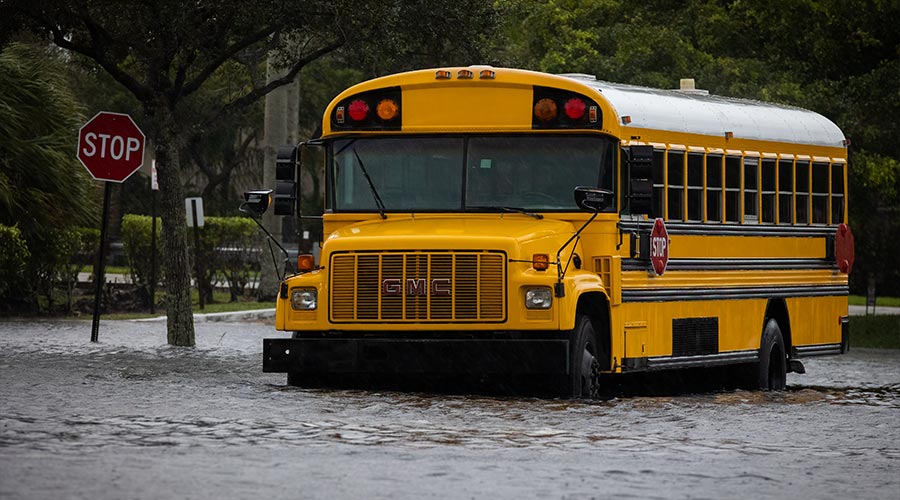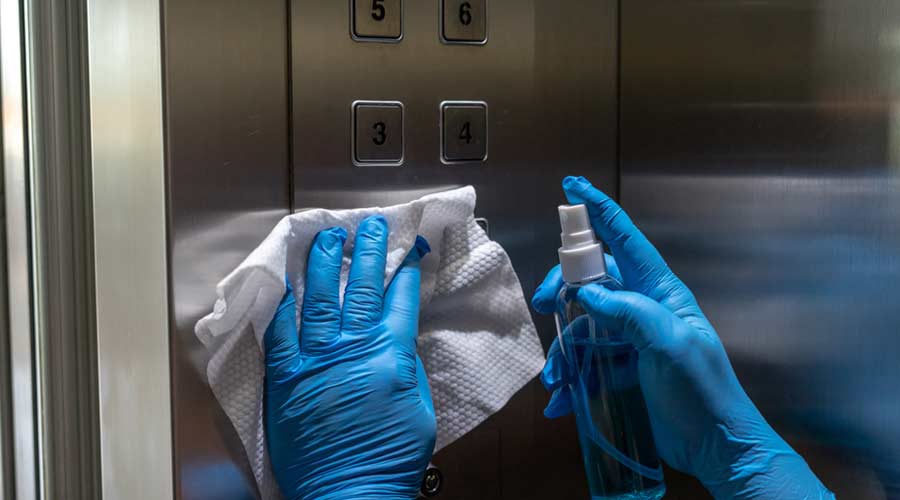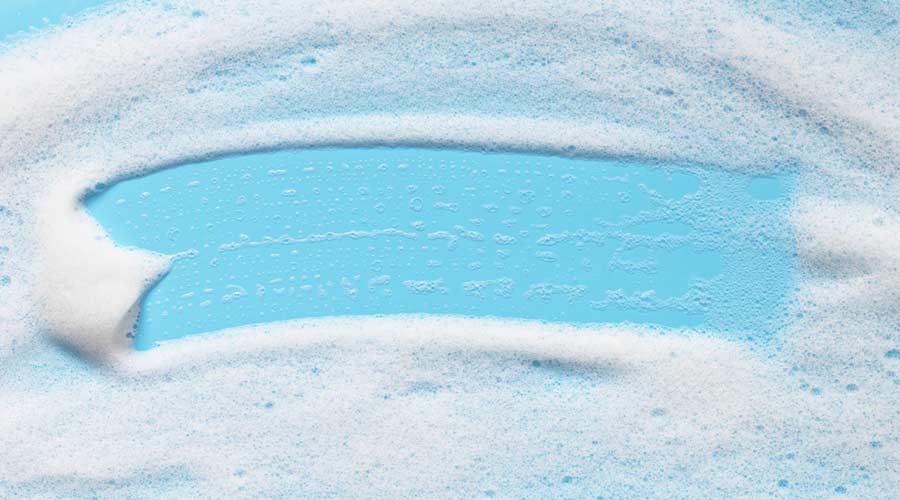
The news is full of reports of natural disasters. Wildfires in Hawai'i, California, and South Carolina. Hurricanes across the southern U.S. Tornadoes and damaging winds throughout the Midwest. Flooding in the northeast. As soon as the fires are contained, the hurricanes diminish to rain showers, the winds calm, and the rivers return to their banks, everyone breathes a sigh of relief; life can get back to normal.
For facilities managers and their staff, this is when the work begins. Damage to the buildings they oversee must be assessed; the safety of workers and building occupants ensured; and the remediation, repair, and restoration of the facilities set in motion. Even if a detailed disaster recovery plan is in place, recovery work can hit snags. If no formal plan exists — perhaps in areas not prone to natural disasters — the learning curve can be steep, but not insurmountable.
Unexpected Flooding
Crossett Brook Middle School (CBMS) in Duxbury, Vermont, experienced its second significant flooding event within a year in early March when a rainstorm combined with snow melt caused ice in the nearby brook to break up, overflowing its banks. The dislodged ice damaged the power company's vault that was adjacent to the school's driveway, causing water to come into the school through the power conduit.
“We've had a couple of schools in our district flood previously,” says Ray Daigle, director of Facilities and Operations for the Harwood Unified Union School District, which includes CBMS along with seven other schools. “CBMS had flooded in a similar fashion back in July [2024], through the telecommunications conduit.”
After the July incident the telecommunications conduit was plugged and the district planned, with permission from the State of Vermont, to do some work to create a better channel for the water to flow in case of another high-water event. They were confident, Daigle says, that CBMS “was in pretty good order.”
In fact, district officials were so confident that they were watching a different property as the brook was rising in early March. Then “one of our tech staff looked at the CBMS cameras early in the morning, called me and said, 'Hey, you've got water in the building.'”
The first time there was flooding, three classrooms were impacted. This time, Daigle said, seven classrooms, some halls, offices, and the main office suite were flooded. “It was about 20,000 square feet of area that was under a couple inches of water,” he recalls.
The staff immediately moved everything that could be moved into the gymnasium to segregate the flooded areas.
“We were able to get the other areas that were affected — the cafeteria, the kitchen, the main office, and the main lobby area — cleaned and ready for people. We were able to open the rest of the school by relocating classes to other parts of the building and getting creative,” he says.
Daigle is quick to offer that he and his staff didn't handle the cleaning and restoration alone. Instead, a remediation company is brought in to immediately address the standing water and start to dry things out quickly.
“I've got a couple of companies I can call where I can get a fast response,” he says. “We're acutely aware of mold, and indoor air quality is a concern.”
Once the water is removed, the cleaning team jumps into action. As part of their cleaning protocols, Daigle explains that the district owns large HEPA filtration machines that came in handy at CBMS for ventilating the air. After the remediation company cleaned, the CBMS team focused on wiping everything down, vacuuming all surfaces using the HEPA machines, and using a germicide to tackle any remaining bacteria.
All the items brought to the gym were wiped down and cleaned by the remediation company and any fabrics were vacuumed using the HEPA equipment.
Daigle says they concentrated on removing everything before there was any chance of allergens or mold taking hold. Because a lot of dust is raised and moved around during demolition and restoration, they frequently changed all the air filters in the HVAC systems. All the classrooms have HEPA filtration, so those filters were changed, and then surfaces were wiped down to deal with the dust.
As clean-up was underway, Daigle kept anyone not directly involved out of the building. After the initial cleaning, indoor air quality testing was performed. As work continued, more testing was done. Any areas that required further cleaning were tested again.
Daigle comments that as of mid-March, “everything looks great. We're actually in the process of laying floors down as we speak.”
Cleaning Managers Share Flood Recovery Recommendations

 The Down and Dirty on Cleaning in Virus Season
The Down and Dirty on Cleaning in Virus Season How Surfactant Use is Expanding in Commercial Cleaning
How Surfactant Use is Expanding in Commercial Cleaning